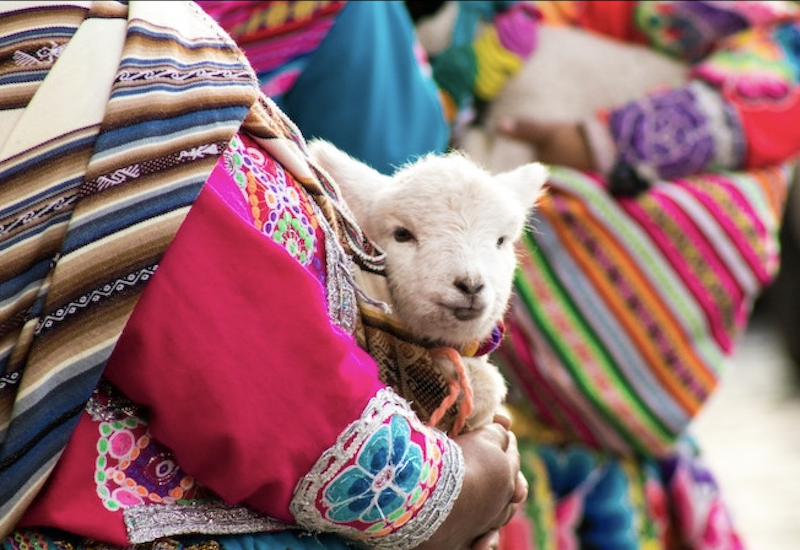Disclaimer: This post contains affiliate links. At no cost to you, I might earn a small commission if you make a purchase through the links in this article.
Cusco is a gateway to the world-famous Machu Picchu and is the tourism capital of Peru. Located in the heart of the snow-powdered Andes, this colonial city boasts gorgeous architecture, colorful markets, and cool archaeological areas like Sacsayhuaman and Tambomachay within a quick drive.
However, given Peru’s turbulent political history and recent conflicts between the government and civilians, it’s fair to question Cusco’s safety.
If you plan a trip to Cusco, keep going. In this article, I will look at all aspects of Cusco travel, and give you advice and actionable tips on how to make your trip safe and avoid common tourist mistakes while visiting this popular destination.
Is Cusco safe?
Cusco is the safest place in Peru, but it’s not free from crime. Its main areas, the Historic Center and the San Blas neighborhood are perfectly safe, but you should still be cautious. Pickpocketing is the most common type of crime in Cusco, and you should be careful when walking around busy streets or visiting local markets.
Stay vigilant and keep your belongings secure. Avoid displaying valuable items like expensive jewelry and electronics.
✅ GET THIS ANTI-THEFT BAG TO KEEP YOUR BELONGINGS SAFE
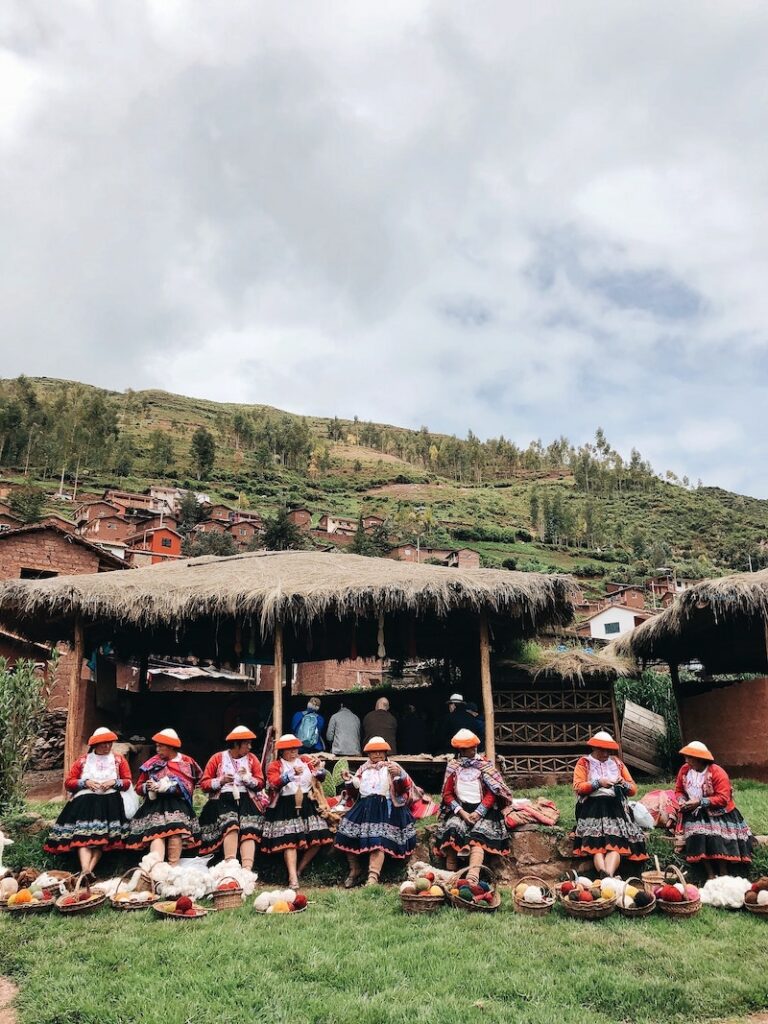
Crime in Cusco
The main source of income in Cusco is tourism, and the city does a pretty good job protecting its lifeline. While violent crime in Cusco is extremely rare, petty crimes like pickpocketing and property theft are common.
What is the crime like in Cusco?
The most common types of crime in Cusco are pickpocketing, tourist scams, and petty theft. Tourist scams in Cusco can range from overcharging for goods and services to fake tour operators and money exchange scams.
Recent unrest in Peru
In late 2022 and early 2023, Peru was shaken by a series of protests organized by indigenous communities in rural parts and disenfranchised groups following the ousting of the country’s president by the Congress. After the police killed dozens of protesters across the country, demonstrations got worse brining tourism to a standstill.
Cusco protests 2023
In Cusco, protesters blocked roads and train tracks cutting off supplies and causing a spike in food prices. The unrest also affected the economy as most tourism in the country including Cusco stopped because of the unstable political situation in the country.
But this was not the only case of political unrest in the country’s most popular destination. Cusco, like other parts of Peru, has seen occasional protests and strikes. While these events are typically peaceful, it’s best to avoid areas with ongoing demonstrations.
✅ GET A TRAVEL INSURANCE FOR YOUR TRIP TO PERU
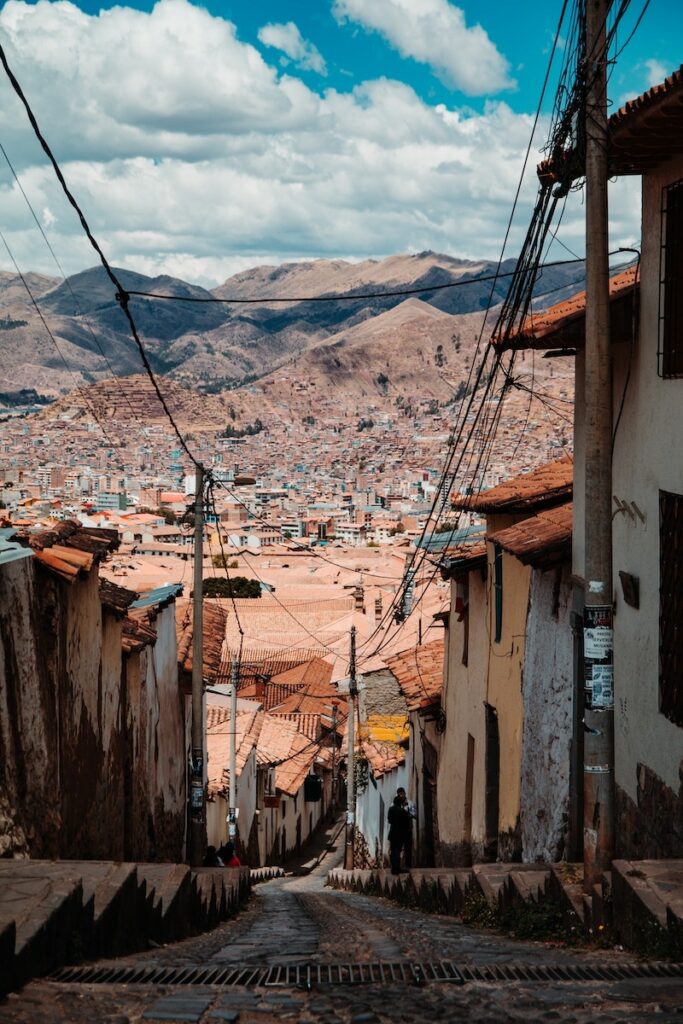
Cusco altitude
Another area of concern in Cusco, is the city’s high altitude thanks to its location in the Andean Mountains. Cusco’s elevation is approximately 3,400 meters (11,154 feet) above sea level. Because of its high altitude, you could experience symptoms of altitude sickness when you arrive.
How to avoid Cusco altitude sickness?
Acclimatize slowly and stay hydrated to reduce the risk of altitude-related issues before attempting strenuous hikes like Salkantay track, Rainbow Mountain or Inca Trail.
Best Cusco tours
Machu Picchu altitude
Machu Picchu is UNESCO World Heritage Site at an altitude of approximately 2,430 meters (7,970 feet) above sea level. It is situated in the Andes Mountains of Peru and is one of the most visited archaeological areas in the world. While Machu Picchu’s elevation is not a problem for most visitors, you could experience some symptoms of altitude sickness when visiting this popular landmark.
➡️ Visiting Peru for the first time? Book this private tour of Machu Picchu.
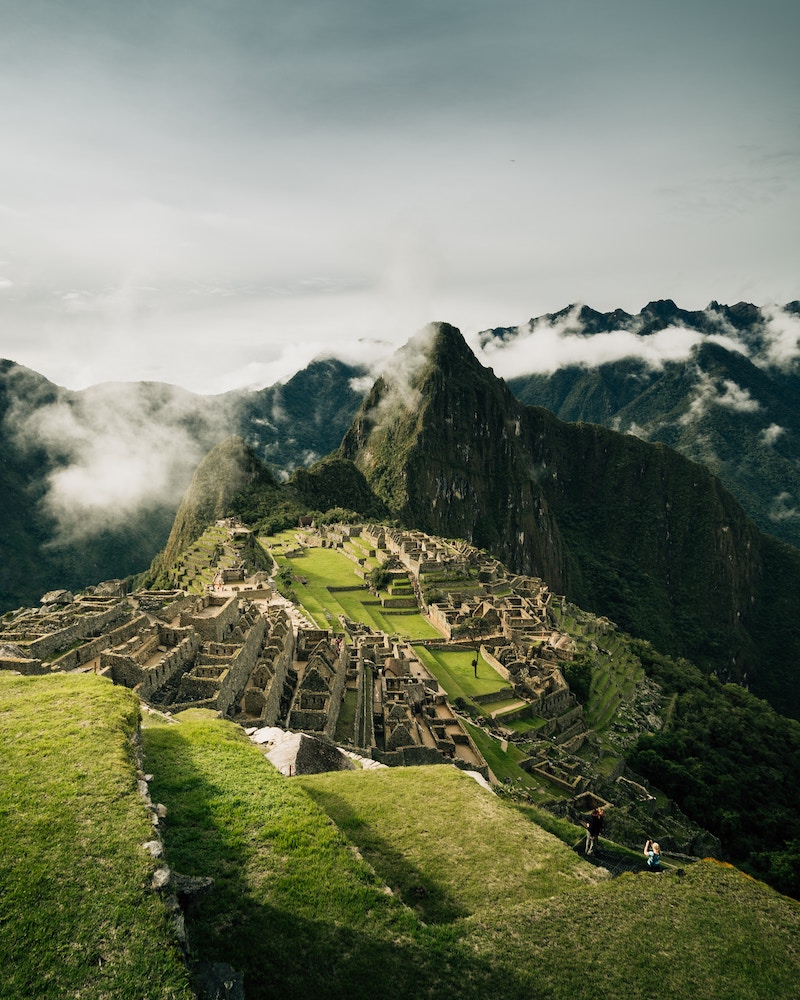
Macchu Picchu altitude sickness
Altitude sickness, can affect people visiting Machu Picchu and other high-altitude locations in the Andes. Machu Picchu itself is situated at an altitude of approximately 2,430 meters (7,970 feet) above sea level, which is considered to be at a moderate level of altitude. While many visitors do not experience significant altitude-related issues at this elevation, you should always be preared for the worst case scenario.
✅ BOOK A POPULAR INCA TRAIL TOUR
Common symptoms of altitude sickness may include:
- Headache
- Nausea or vomiting
- Fatigue
- Dizziness
- Shortness of breath
- Difficulty sleeping
- Swollen hands and fingers
Best tours of Machu Picchu
How to avoid altitude sickness at Machu Picchu:
- Spend a day or two in Cusco or another lower-altitude city before heading to the mountains. Ths will help your body to adjust to the altitude.
- Stay hydrated by drinking plenty of water, but avoid alcohol and caffeine, which can contribute to dehydration.
- Stick to a light diet and avoid heavy or greasy foods.
- Consider taking medications to help prevent or alleviate symptoms. But always consult with a doctor before using any medication.
- Listen to your body and rest if you start experiencing symptoms – Descend to a lower altitude to give your body a break.
- Everyone reacts differently to altitude, and there is no way to predict who will be affected. Even if you are physically fit, you can still experience it.
👉 Take altitude sickness seriously, as severe forms can be life-threatening. If symptoms persist or become severe, seek medical attention immediately.
To make sure you are covered in the event you need to seek medical help, I recommend buying a travel insurance for your trip to Peru. It’s relatively inexpensive, but it will protect you on the road and save you tons of money, in case something goes wrong.
✅ GET A TRAVEL INSURANCE FOR YOUR TRIP
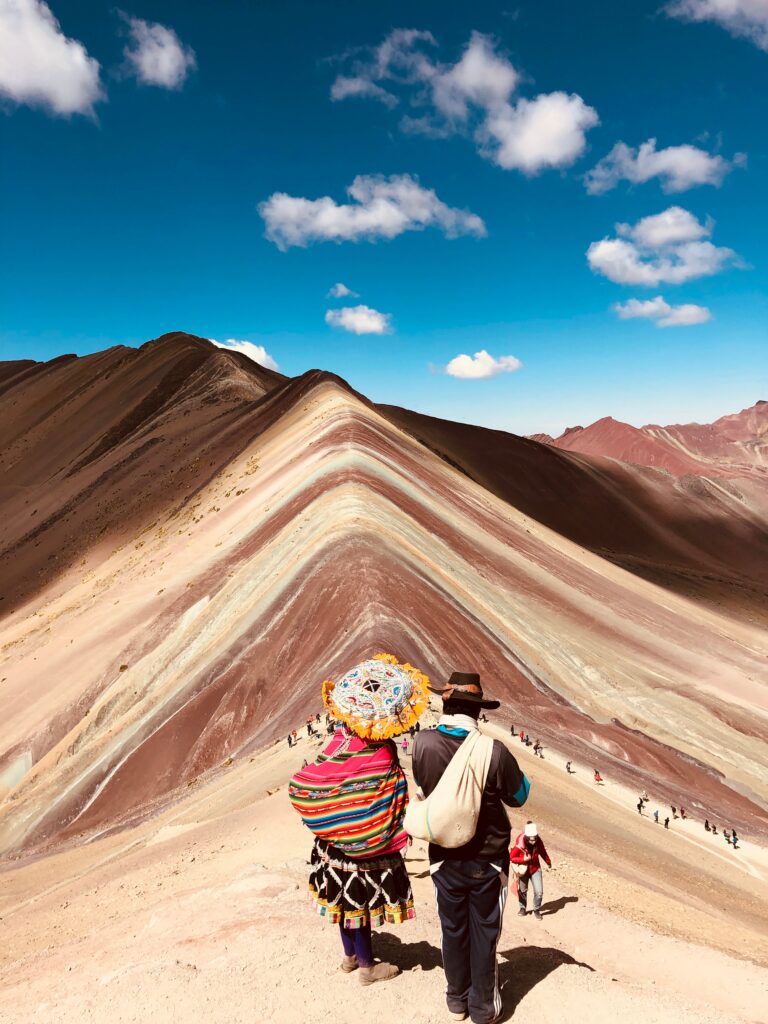
What does the US State Department say about Peru?
As of 2023, the US State Department advises exercising increased caution in Peru due to crime, civil unrest, and the possibility of kidnapping.
According to the agency, crime, including petty theft, carjackings, muggings, assaults, and other violent crimes, is common in Peru and can occur during daylight hours despite the presence of many witnesses.
Demonstrations can happen throughout the country due to a host of political and economic issues. Such events can cause the shutdown of local roads, trains, and major highways without notice or estimated reopening times, according to the depatment.
Road closures can also reduce access to public transport and airports and may disrupt travel between cities.
How to stay safe in Cusco?
While you can take safety precautions, there are always factors outside of your control.
Consider buying travel insurance that will protect yourself in case of lost or stolen luggage, accidents, hospital visits, and many other unforeseen events. My top choice is Safety Wing, which is perfect for long-term travelers who plan to visit Cusco and other popular destinations in Peru.
Register for the STEP program
If you are a U.S. citizen traveling to Peru, consider enrolling in STEP, The Smart Traveler Enrollment Program, a free service that allows U.S. citizens abroad to register their trip with the closest U.S. Embassy or Consulate.
Here are some of the benefits of enrolling in the STEP program ahead of your trip:
- Get updates from the Embassy about safety conditions in your destination.
- Stay in contact with the U.S. Embassy in case of an emergency whether it’s a natural disaster, political unrest, or anything else.
- Help family and friends get in touch with you in an emergency.
Is it safe to travel to Cusco Peru?
Traveling to Cusco is relatively safe. Most visitors fly to Cusco from Lima, but some also come from Arequipa, another popular destination in the country.
What is the safest place in Peru?
Cusco is the safest place in Peru. It has a relatively low crime and well-developed tourism infrastructure with plenty of hotels and restaurants catering to visitors.
Is Cusco or Lima better?
Cusco and Lima are two popular destinations in Peru. While Lima is the largest city in the country with a cosmopolitan feel and beautiful coastline, Cusco is a colonial town in the Andes that’s a gateway to Machu Picchu and some of the most breathtaking places in Peru like Maras Salt Mine and Lake Humantay.
Is Cusco safer than Lima?
Cusco is safer than Lima, which has several bad neighborhoods with high crime like Comas, Los Olivos, La Victoria, and Surquillo. Street crime is also more prevalent in Lima than in Cusco, which has more police presence.
Can I travel to Peru right now?
Yes, you can travel to Peru right now. As of November 2023, the country is relatively safe to travel, and there’s no political unrest at the moment.
Can I travel to Peru right now from the USA?
Yes, you can travel to Peru from several major cities in the United States like Houston, New York, Miami, Los Angeles, and Fort Lauderdale.
Is Peru safe for American tourists?
Peru is generally safe for American tourists, but like anywhere else, you should exercise increased caution, stay away from demonstrations that can quickly turn violent, and keep a low profile, especially if traveling to rural parts of the country that have a lot of poverty.
How to stay safe in Cusco: tips
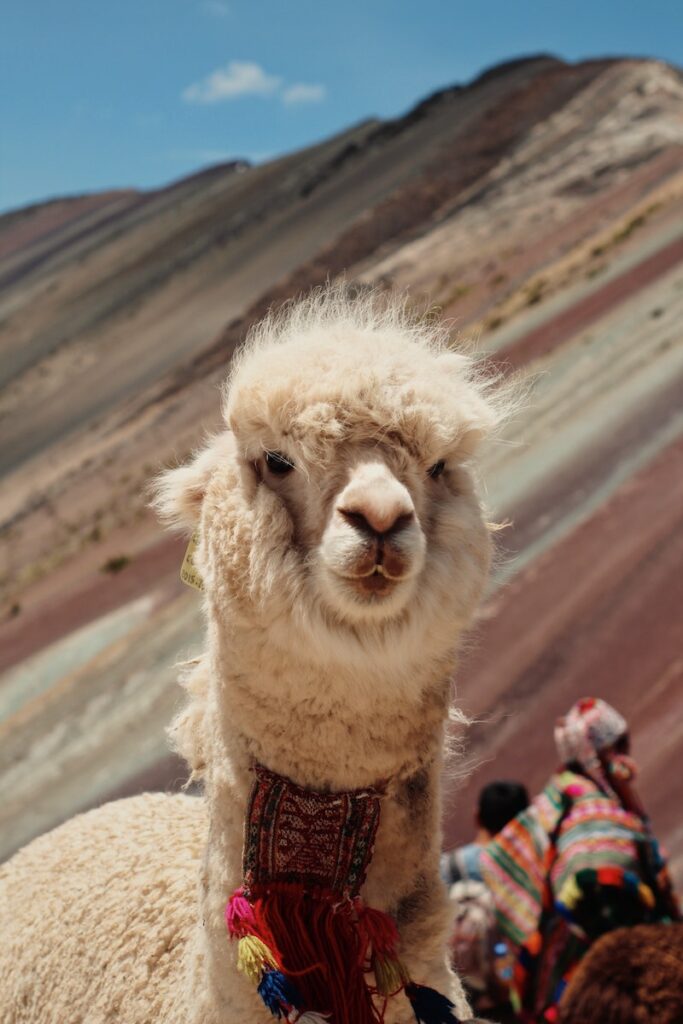
1. Avoid raw foods
Don’t eat salads and veggies that are not washed or not peeled properly. Food poisoning in Peru is not uncommon, and the produce is not always washed the right way, even in places where food is sold.
2. Drink only bottled water
Tap water is not safe to drink in Peru. Always buy bottled water or refill in your hotel if they offer water.
✅ GET A STAINLESS STEEL BOTTLE WATER FOR YOUR TRIP TO PERU
3. Book tours only with reputable agencies
Whether it’s visiting Machu Picchu, hiking the Salkantay track, or exploring nearby towns like Pisac and Ollantayambo, book your tours only with reputable agencies that have good reviews and provide equipment that’s in perfect shape.
➡️ I always book tours with Viator, my favorite platform for guided tours
4. Always count change
Count your change carefully when buying things in Peru markets or on the streets. Double-check prices when buying things to make sure you are not getting scammed.
5. Stay away from dark areas
Don’t walk around at night and stay away from poorly lit areas of town.
6. Take your time to get used to the altitude
Cusco altitude sickness can be brutal, and after coming here from Lima, you should take a few days to acclimatize before attempting any hikes or going to Machu Picchu.
7. Learn some Spanish
Speaking Spanish could be a game-changer for your trip to Cusco. Although most people in the tourist industry speak English, once you go to more remote, rural areas near Cusco, you will need some Spanish to communicate.
8. Keep an eye on your belongings
While Cusco is generally a safe destination with a tourism-based economy, it still has poverty, which means property theft is common. Always watch your belongings when going to restaurants, shopping in Cusco markets, walking around town or taking public transportation.
While Peruvian people are friendly, there’s always a chance you might run into someone who could take advantage of you being a tourist in a new place.
9. Leave your valuables in your hotel
If you plan to explore Cusco or go on a guided tour, it’s best to leave your valuables in your hotel.
10. Watch out for traffic
I’ve encountered many aggressive drivers in Lima, and while Cusco is more relaxed, it’s best to watch out when crossing the roads, because Peruvian drivers aren’t known for following rules.
11. Put on sunscreen
Cusco altitude should be taken seriously. Besides drinking plenty of water, you should also put on sunscreen because you can easily get sunburned in Cusco, even on a cloudy day.
12. Dress down
Cusco has a relaxed dress code and most tourists wear casual clothes or Peruvian ponchos, which you can buy at local markets and anywhere around the city. If you dress up in expensive brands, it will likely raise some eyebrows at best and attract the attention of sketchy people at worst.
✅ GET THIS ANTI-THEFT BAG TO KEEP YOUR BELONGINGS SAFE
13. Limit your alcohol intake
While Cusco has a vibrant nightlife with bars and clubs, it’s important to be cautious and avoid excessive alcohol consumption as it can make you more vulnerable to accidents or unwanted incidents.
14. Do not take your cocoa leaves home
When visiting Cusco and other places in the Peruvian Andes, you will often see locals chewing cocoa leaves which have many medicinal features and help to fight altitude sickness. While cocoa leaves are perfectly safe to use in Peru, and some other Latin American countries like Bolivia, many Western countries, including the United States consider them illegal.
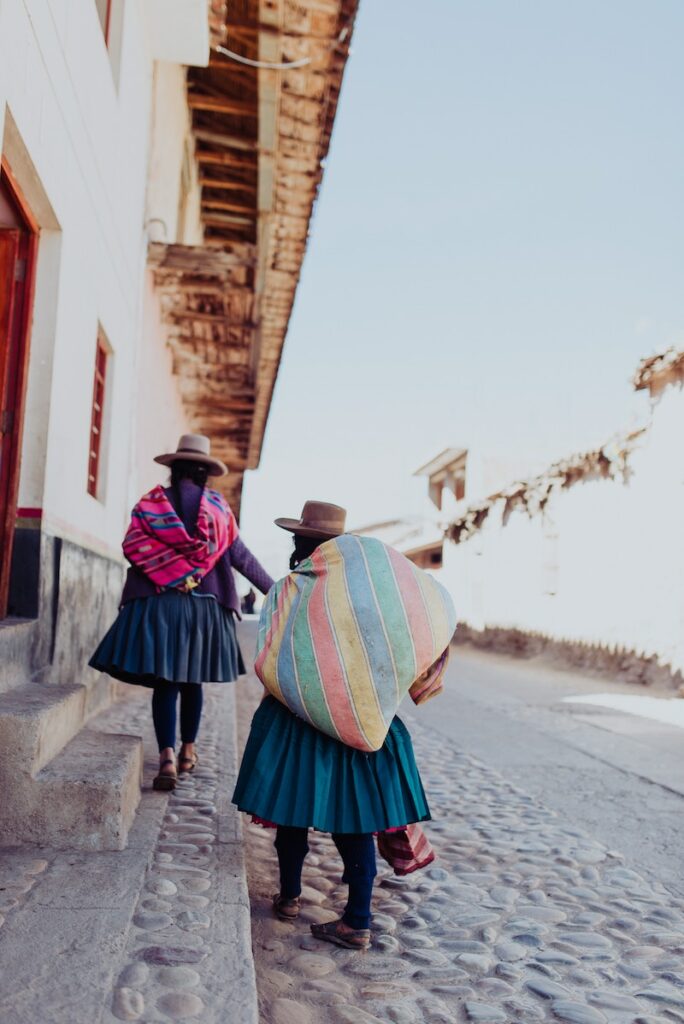
How to get to Cusco
Cusco is a popular travel destination in Peru, and there are several ways to get there, depending on your starting point. Cusco has an international airport, Alejandro Velasco Astete International Airport (CUZ), that’s served by domestic flights from many destinations in Peru.
Here are some common ways to get to Cusco:
By air
International Flights: If you are traveling from outside of Peru, you can book a flight to Jorge Chávez International Airport (LIM) ✈️ in Lima, which is the country’s main international gateway. From Lima, you can take a domestic flight to Cusco.
Book a transfer to your hotel from Cusco Airport
If you are already in Peru, you can take a domestic flight to Cusco from various cities, including Lima, Arequipa, and other major Peruvian cities.
By bus
You can take a long-distance bus to Cusco from Lima, Arequipa, Puno, and other cities in Peru. The journey is pretty long, but the upside is that you get to see the Peruvian countryside.
By train
If you’re in the Sacred Valley or the nearby town of Ollantaytambo, you can take the train to Cusco. The train ride offers stunning views and is a popular option for travelers visiting Machu Picchu.
By car
If you have a rental a car, you can drive to Cusco. Road conditions and terrain can be challenging and amenities are very limited along the way. You might be stuck without help for a long time, if you have car problems along the way.
I recommend driving to Cusco only if you can navigate roads with minimal guidance, fix car issues on the go and change tires without any help.
✅ CHECK PRICES FOR CAR RENTALS IN PERU
Book one of the best day trips from Cusco
How to plan a trip to Peru
When planning your trip to Cusco, consider your starting point and budget. If you are traveling internationally, it’s usually most convenient to book a flight to Lima and then connect to Cusco via a domestic flight. Check the latest travel advisories, visa requirements, and entry regulations for Peru, as these can change over time.
Where to stay in Cusco
📍 Selina Plaza De Armas Cusco: If you are looking for a nice social atmosphere, a good co-working space with Wi-Fi, and a central location.
📍Antigua Casona San Blas: A gorgeous hotel in the San Blas neighborhood, Antigua Casona San Blas boasts delicious breakfast, welcoming staff, and gorgeous interior design.
📍 JW Mariott El Convento Cusco: One of the best hotels in Cusco if you are looking for a combination of amenities, central location, and a buffet breakfast.
Is Cusco safe: FAQ’s
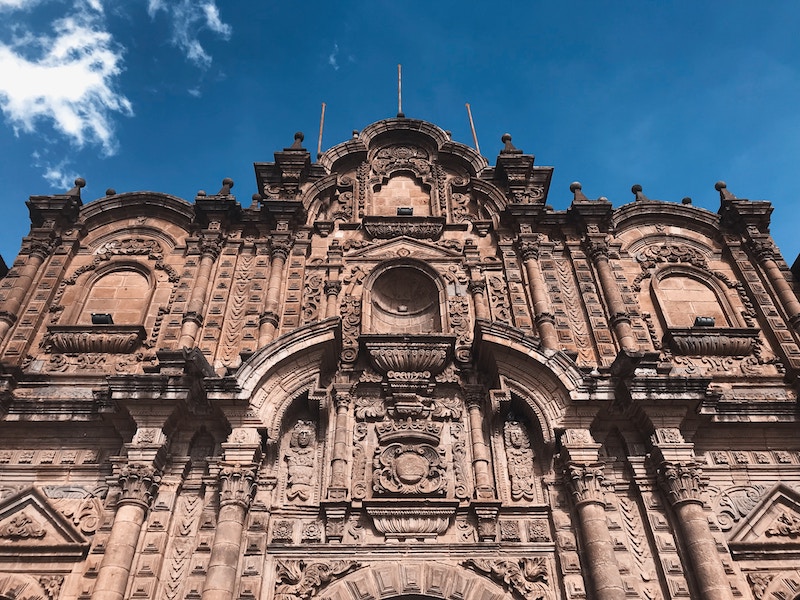
What areas of Peru to avoid?
Avoid impoverished neighborhoods of Lima, where crime is more likely to occur, and stay away from the border region of Colombia and Peru which has poor infrastructure and high levels of drug trafficking.
Is Cusco Peru safe to live in?
Cusco is a relatively safe place to live that offers a great outdoor scene and a low cost of living. It has a well-established international community and a good police presence, so you don’t have to worry about your safety.
Is Cusco Peru safe at night?
Cusco is safe at night as long as you stay around popular parts of the area like the San Blas neighborhood and Plaza De Armas which are busy until late hours.
Is Cusco safe in 2023?
As of 2023, Cusco is relatively safe. Its overall crime rate is low and the city has a good police presence to keep its visitors safe.
Is Cusco Peru safe for solo female travelers?
Cusco is safe for solo female travelers, but you should exercise reasonable caution just like you would anywhere else. Don’t accept food and drinks from strangers, keep a low profile, and don’t share your personal information or travel plans with strangers.
Cusco safety: final word
Cusco is the safest destination in Peru with developed infrastructure, plenty of amenities, and tons of cool things to do, ranging from museums to local markets and incredible restaurants where you can try traditional Peruvian dishes and experience local culture.
Travel resources for your trip to Peru
- Accommodations in Peru – I use Booking
- Flights to Peru – I use CheapAir
- Travel insurance in Peru – I use SafetyWing
- Guided tours in Lima and other popular destinations in Peru – I use Viator
- Car rentals in Peru– I use DiscoverCars
